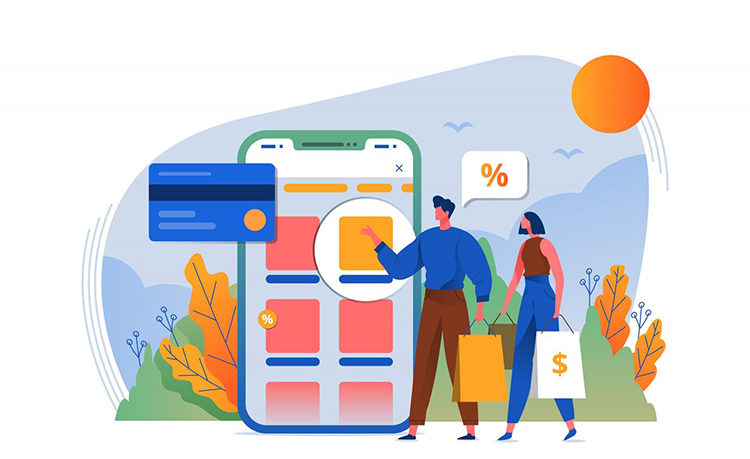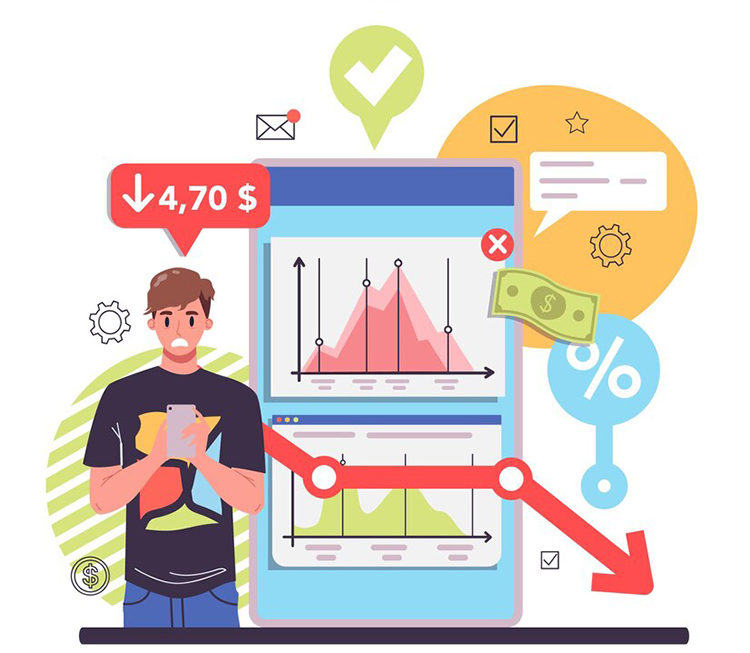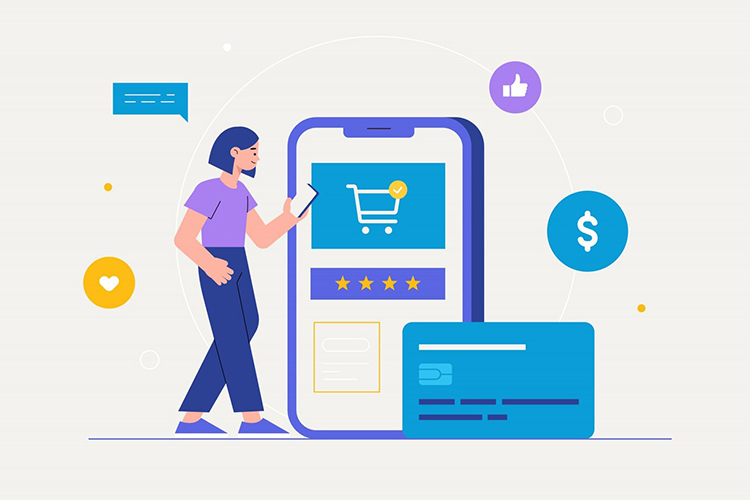content
How many marketers does it take to launch an app? One to write a catchy description, and twenty to explain why the app isn’t working yet, but it’s very promising! Today, in ADV Advantage’s blog article, we’ll dive into why app marketing is so essential and how to build an ad strategy you won’t be ashamed of.
Mobile app marketing is the process of promoting a mobile app to increase downloads, engage users, and boost profitability. The primary goal is to ensure the app’s visibility among users in app stores, such as Google Play and the App Store, where competition is very high. A crucial part of a mobile app marketing strategy is App Store Optimization (ASO), which ensures the app appears in top positions in search results (SERP) in app stores. The higher the app’s position, the more likely users are to download it. Users generally ignore the middle and lower parts of search results, making the competition for top positions extremely fierce.

Mobile app marketing encompasses various tactics, including targeted advertising, social media, email newsletters, and other channels. One of the key objectives is to create a memorable brand and ensure a steady flow of new users who stay active in the app. It is important to use an integrated approach that combines several channels to maximize the reach of the target audience.
Why is Mobile App Marketing Important?
Today, users have access to millions of apps, and without proper marketing, your product may get lost among competitors, even if it appears on the first page of SERP. Mobile app marketing aims to attract potential users and highlight the unique advantages of your app. The main objectives of a marketing strategy are to increase app awareness, boost downloads, and grow user engagement. A strong marketing strategy enables you to stand out in the market and establish a stable user base for your product.
Investing in marketing allows you to raise awareness about the app and increase its visibility in search results. Effective marketing can improve key metrics such as the average time spent in the app and the number of active users, contributing to business growth.
Benefits of Mobile App Advertising
Mobile app advertising offers several important benefits. First, it provides precise targeting capabilities, allowing you to reach users who are most likely to be interested in your product. This makes advertising efficient and reduces user acquisition costs. Second, the ads can be scaled, enabling you to reach a larger audience without significantly increasing the budget.
Another advantage of advertising is the ability to adjust and optimize campaigns in real time, allowing for quick responses to changes and improving results. Mobile app advertising helps increase brand awareness and build user loyalty, which are key factors for long-term success.

Key Considerations When Creating an Advertising Strategy for Mobile Apps
To create an effective advertising strategy, several key steps are essential. The first step is to define your target audience, understanding who your potential users are, their needs, and habits. Next, analyze your competitors, which will help identify what other apps in your niche are doing and highlight opportunities to improve your own strategy.
The following step is to choose promotion channels, including social media ads, email marketing, search engine optimization, and advertising campaigns on Google and the App Store. Additionally, set clear business goals (Business Growth), such as the number of new downloads or growth in daily user activity, and focus on achieving them. The final step is to optimize and regularly monitor results.
Key Performance Indicators of Mobile App Advertising
To assess advertising effectiveness, it’s important to monitor key performance indicators (KPIs). These include the cost per install (CPI), retention rate, and the number of daily active users (DAU). Pay-per-click (PPC) metrics are also crucial for understanding how well the ads attract attention and drive downloads.

A/B testing is a useful tool to increase advertising efficiency. It helps identify the best options for texts, images, and landing pages, positively impacting user engagement and lowering costs. Optimizing campaigns based on these metrics improves results and maximizes return on investment.
How to Advertise an App in Google Ads?
Here are the main steps for effective mobile app advertising in Google Ads:
- Choose the “App Campaigns” Type Google Ads offers a special format for mobile apps – App Campaigns. In these campaigns, you don’t need to manually set targeting, as the system automatically optimizes ads based on your target audience and downloads.
- Set Key Goals Before launching the campaign, define the goal: whether it will be “App Installs” for new users or “User Engagement” (in-app actions such as purchases or registrations). This will help Google’s algorithm determine how to best use your budget.
- Prepare Creatives Create attention-grabbing ad texts and add images and videos to test different formats. Google will automatically combine your texts and media to find the most effective combinations. Highlight the app’s advantages and use a call to action, such as “Try Now” or “Download for Free.”
- Use Targeting on Different Levels Google Ads automatically displays ads in the search network, on YouTube, Google Play, and on partner network sites. However, you can choose specific countries, languages, or devices to narrow the audience. Optimize these settings to make budget spending more efficient.
- Optimize Bids Google offers automatic bidding strategies, such as CPI (cost per install) for download goals or tCPA (target cost per action) for engagement. Set the optimal bid level based on your goal and budget. Start with a smaller budget to test effectiveness, then gradually increase it.
- Launch and Track the Campaign Regularly monitor metrics such as downloads, cost per install, conversion rate, and return on ad spend (ROAS). If certain creatives perform better, focus on them to optimize the campaign.
- Conduct A/B Testing To determine the most effective ad options, conduct A/B testing. This will help identify the best texts, images, and videos that most encourage users to download.
Tip: Observe which campaigns not only lead to installs but also retain users. This will help focus the budget on audiences that engage more actively with the app.
Conclusion
- How Can I Promote My Mobile Application? Advertising on social media, ASO, and PPC are the main ways of promotion.
- How Can I Increase My Mobile App Sales? Focus on UX, retention campaigns, and A/B testing to optimize the sales funnel.
- What are the 3 Main Stages of Mobile App Marketing? These are pre-launch preparation, app launch, and engagement maintenance.
- What is the Best Way to Advertise Mobile Apps? Use a combination of ASO, targeted advertising, and social media for maximum reach.
Mobile app marketing is a complex and multifaceted activity that ensures visibility, user engagement, and business growth.
Subscribe to our newsletter




